SLV Lighting transformers, ballasts


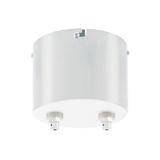
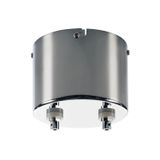

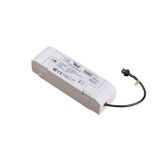
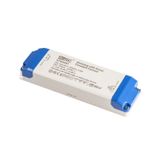
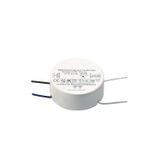


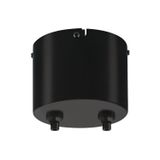


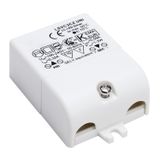

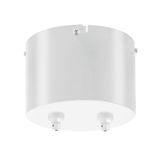


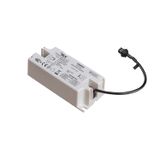

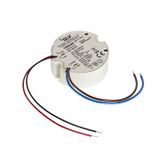


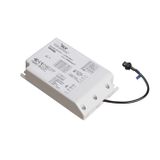

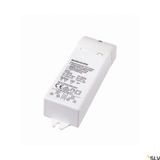



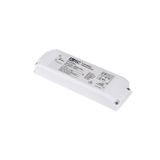
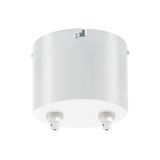
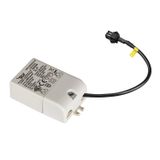
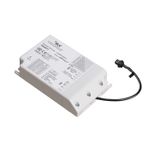

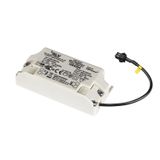
slv lighting transformers Application scope and context
Retail refits, galleries, and hospitality ceilings still carry legacy low-voltage circuits beside new LED runs. This category covers the ironless and iron-core gear that feeds those loads cleanly, with isolation to SELV where required and wiring windows that match European 230 V practice. Expect clear labels for input range (typically 220–240 V, 50/60 Hz), secondary ratings (e.g., 11.5–12 V AC/DC), thermal class, and torque—so ceiling drawings translate directly to site without phone calls at 2 a.m. On multi-brand LED portfolios, maintenance teams usually group drivers and transformers by role to keep service simple. Established sites often keep panels and downlights on sylvania lighting transformers ballasts, while value-driven projects extend their own-brand fixtures with spl lighting transformers ballasts and general-purpose spectrum lighting transformers ballasts. Cost-sensitive roll-outs with private-label luminaires frequently rely on shada lighting transformers ballasts as a workhorse, and compact fixtures, furniture lighting or OEM modules where space is tight are typically paired with self lighting transformers ballasts to keep gear compartments small without compromising reliability.
slv electronic ballasts Range and specifications
Fluorescent hold-overs in corridors and plant rooms demand predictable start and low flicker. Units are specified to IEC/EN 61347-2-3 (safety) and IEC 60929 (performance), with PF ≥0.95 and THD ≤10–15 % on professional lines. Start modes (warm/rapid), EOL protection, and lamp fault shutdown are documented; ambient −20…+50 °C is typical. EMC meets EN 55015 with immunity per EN 61547. Conductor windows usually 0.5…2.5 mm²; push-in blocks and printed strip lengths keep QA moving. Where control is needed, DALI-2 variants address per IEC 62386 and support corridor hold, run-on timers, and emergency inhibitions.
slv led power supplies Topologies, protection, and lifetime
LED gear lands as constant-current or constant-voltage blocks per IEC/EN 61347-2-13. High-efficiency PFC front-ends deliver PF ≥0.90; harmonic compliance aligns with EN 61000-3-2 Class C (>25 W). Surge paths are commonly 2–6 kV L-N / L/N-PE; specify Type 2 SPD upstream on mixed feeders. Ripple is controlled for low flicker (PstLM ≤1.0, SVM ≤0.4 achievable with matched drivers); min-level and fade curves are published for cameraed spaces. Thermal: keep driver Tc 10–15 K below rating; sealed housings list required free air volume. IP options run IP20 for voids to IP65/67 for canopies. Lifetime claims reference LM-80/TM-21 of paired sources; expect 50–100 kh L80 when Tc is respected.
slv constant voltage drivers Interfaces and wiring practice
CV blocks at 24 V and 48 V power strips and linear boards. Choose 48 V for long runs or feed both ends at 24 V to keep ΔV <3 % and hold CCT uniformity. Interfaces: DALI-2 DT6/DT8, 1–10 V (per IEC 60929 Annex E), and PWM/AM vendor profiles for deep dim. Publish loop length, copper gauge, and inrush (A/µs) per channel on the drawings; B-curve and AFDD circuits behave when diversity is engineered rather than guessed. Maintain SELV segregation in trunking; bond metallic profiles only where EMC policy demands it.
Applications, retrofit notes, and compatibility
- Legacy display circuits: specify slv halogen transformers with soft-start and short-circuit protection; confirm minimum VA to avoid lamp shimmer at low load.
- Maintenance corridors: fluorescent feeders stay online with hot-restrike ballasts while primary areas migrate to LED; keep EOL detection active to protect holders.
- Mixed panels: where VFDs share risers, route lighting feeders away from motor cables and bond gland plates 360°—most “flicker” tickets are EMC, not optics.
- Where tender text groups older iron-core gear as slv magnetic ballasts, verify temperature rise and mounting clearance; iron warms ceilings more than expected in tight voids.
- Deep dim scenes and theatre spill control benefit from slv dimmable power units with documented minimum stable level (≤1 %) and fade tables that match sensor timing.
Selection criteria for B2B buyers
- Load type and topology. CC vs CV, lamp vs LED, minimum load, and dim protocol.
- Electrical discipline. PF/THD limits, inrush per circuit, surge rating, isolation class, and SELV boundaries.
- Thermal and IP. Ambient, Tc placement, free-air spacing, and enclosure class; plan for sealed kits in damp zones.
- Control. DALI-2 (DT6/DT8) where addressability or tunable white is required; 1–10 V for simple rooms; phase-cut only for legacy lamps.
- Wiring windows. Conductor range, strip length, torque, and through-wiring limits—publish on the layout.
- Compliance. Cite IEC/EN references on each tag so FAT doesn’t stall.
Integration and field practice
Map driver inrush to breaker curves early; stagger start or pick soft-start variants on dense circuits. Hold DALI loop current ≤250 mA with ~20 % headroom and respect cable length/spur rules. On CV strips, label feed injection points; voltage drop masquerades as color drift in punch lists. For emergency, select drivers with changeover inputs and documented EM flux; central-battery lines want non-maintained compatibility confirmed on the sheet.
Advantages of working with Bankoflamps
We align driver/ballast topology, control protocol, surge class, thermal envelope, and wiring windows to your one-lines and room data sheets, then present live EU stock by warehouse before access nights are booked. Quotes typically return in about an hour with EAN/MPN, PF/THD, inrush, Tc limits, IP class, and accessory packs stated—so ratings don’t drift mid-phase. Your portal shows real-time lead times, shipment status, and downloadable price lists with validity dates; approved clients can use post-payment up to 30 days. We consolidate by floor/zone to cut freight and site sorting, and your account manager cross-checks breaker diversity, SPD policy, DALI budgets, loop length, and enclosure depth against the drawings—so cartons arrive lift-ready and crews commission once.